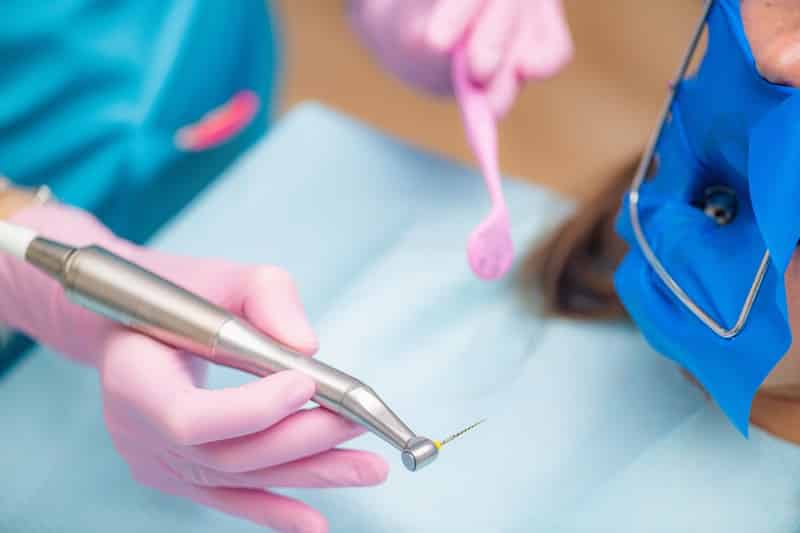Tooth infections or abscesses are collections of bacteria and pus that form within the gums or teeth. These conditions can spread throughout the body without adequate treatment, leading to severe and life-threatening complications. Therefore, seeking immediate treatment is crucial to avoid developing complications. Some symptoms that may indicate the need for medical attention are painful mouth and tongue, facial swelling, difficulty swallowing or breathing, trismus, fever, nausea or vomiting, headaches, and confusion.
It isn’t uncommon for your mouth to have bacteria from food, plaque, or saliva. In some cases, these bacteria may enter the gumline or teeth, resulting in an abscess, bacteria, or pus pockets that usually form in the tissues of the body from infections. Often, they’re easily treatable. However, those who delay treatment may develop complications like osteomyelitis, cellulitis, parapharyngeal abscess, and sepsis, to name a few.
While it may be rare for tooth infections to spread, they can be serious and considered medical emergencies, as systemic infections are fatal. Therefore, those who suspect an infection in their teeth should immediately reach out to a dentist for an appointment. Failing that, they should visit the nearest hospital to get treatment before the condition worsens to address the issue.
Root Canal

In serious cases of tooth infection, a root canal may have to be performed to treat the abscess within the tooth. The operation often begins by cleaning inside the affected area. The dentist starts by creating a small hole for access to the tooth’s surface before removing any dead or diseased pulp tissues with a small file. Next, it’s cleaned, decontaminated, and shaped using irrigation solutions and tiny files before filling with rubber-like materials using adhesive cement and sealing the canal completely.
After the treatment, the tooth will die, and you’ll no longer feel pain in the area since the nerve tissues have been removed. However, it’ll also be more fragile, as teeth without pulp will have to receive nourishment via the ligaments attaching them to your bone. While the supply will be adequate, it’ll become brittle over time, so fillings or crowns will be necessary to protect them. Until they’re completed, you must avoid biting or chewing on them.
Often, treatments usually take a single appointment. However, it may require multiple appointments if it involves sizable infections, multi-canals, or curved canals. While the procedure is known for being extremely painful, a reliable dental surgeon should make it relatively painless.










